Tosin Oshinowo on Sharjah, adaptable architecture and reuse
Architect Tosin Oshinowo is curating the 2023 Sharjah Architecture Triennial around beauty, impermanence and adaptability; we catch up with her to find out more

Lagos-based architect Tosin Oshinowo has recently been appointed as the curator for the second edition of the Sharjah Architecture Triennial, which will open in 2023. Renowned for her human-focused approach to design, Oshinowo has an impressive portfolio that stretches commercial, civic, and residential architecture. After establishing her firm cmDesign Atelier in 2012, she worked on sensitive, context-responsive projects that seek to address ecological, and social issues. Building on the previous (and inaugural) triennial in the region, which was overseen by architect and academic Adrian Lahoud in 2019, Oshinowo hopes to continue forging dialogues about architecture and urbanism in the Global South, around the theme ‘The Beauty of Impermanence: An Architecture of Adaptability'. We talked to her to find out more.

Tosin Oshinowo.
Tosin Oshinowo on Sharjah, and more
W*: Tell us about the Sharjah Architecture Triennial. What was the thinking behind the theme of adaptability?
TO: Adaptability is about operating within tight constraints. In the context of the Global South, it is often about working with nature as opposed to against it. The triennial will explore how we can create meaningful spaces that speak to their local environments and will highlight the contextual architects that are currently doing so. I use the word contextual instead of vernacular as I feel society has made vernacular seem primitive and non-Western architecture is far from that.
W*: How will the triennial explore the African Diaspora?
TO: The triennial will explore the African Diaspora by showcasing oral cultures, building techniques, and by focusing on the collective rather than the individual. It will also identify key designers and thinkers in the Global South. For this project, I am drawing from the same inspiration I did for the project for the UN Development Programme (UNDP), where we built a new community in Northern Nigeria for a village displaced by Boko Haram. Throughout the triennial, I will continue to unpack places and their people, illustrating what is appropriate for communities and their context.
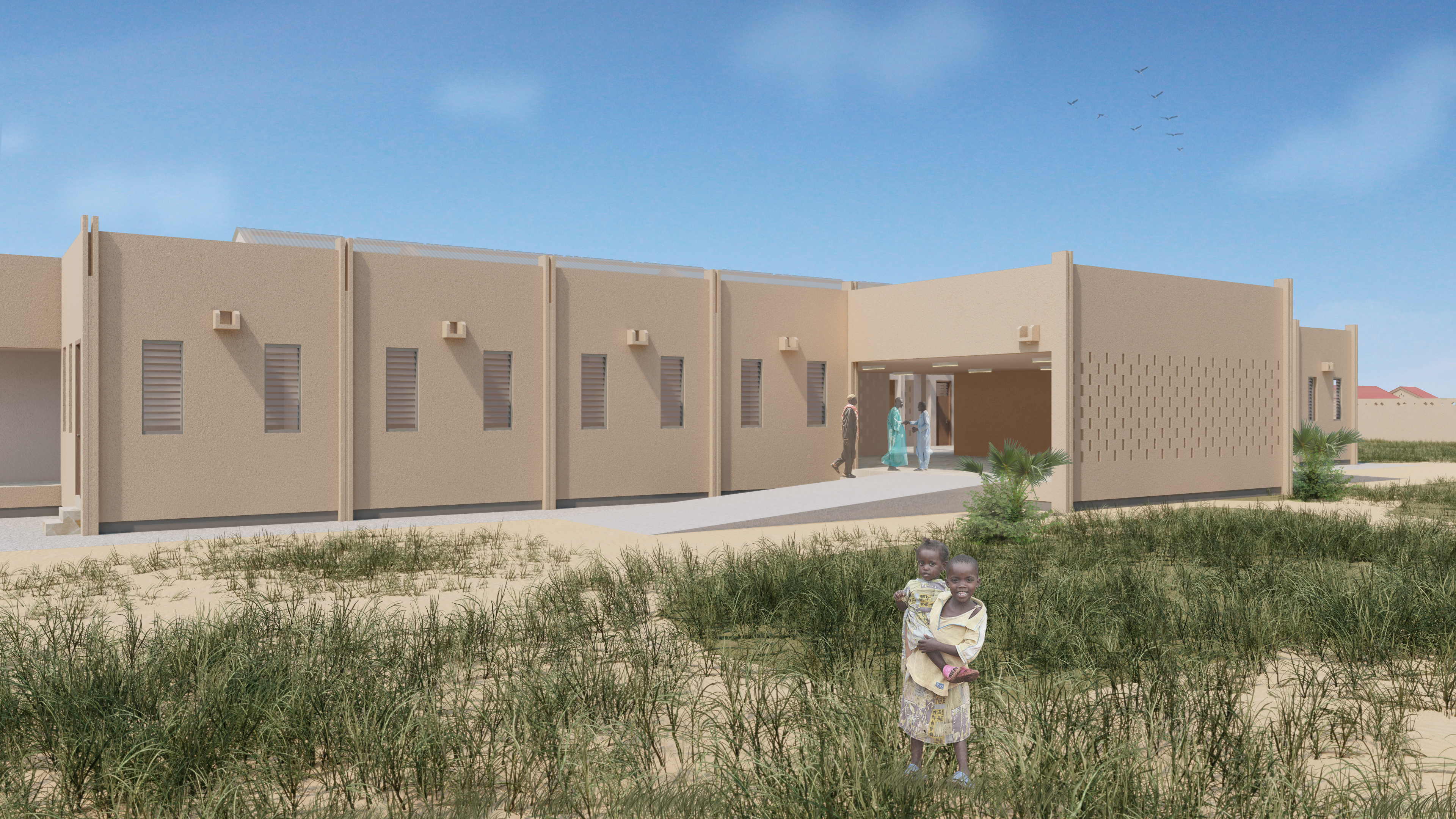
UNDP Ngarannam.
W*: Your work prioritises sustainability, resilience, and poise. Are these themes you aim to stick to for the triennial?
TO: This edition of the triennial will focus on materiality, innovation, reuse, and how we respond to extreme climate conditions. I come from a household where everything had a second life. So, when looking at objects I am always considering their value. It is fascinating what can be achieved when items aren't simply viewed as waste once they no longer serve their intended purpose.
W*: What does it mean to you to be the curator for the Sharjah Architecture Triennial?
TO: Curating is very different from practising as an architect. Being a curator means that the project isn’t about your work but instead the work of others. It is still very creative but a completely different way of thinking. For the triennial I can bring together a wealth of work from different creatives in the Global South and create richer and more diverse reference points for both established and emerging designers.
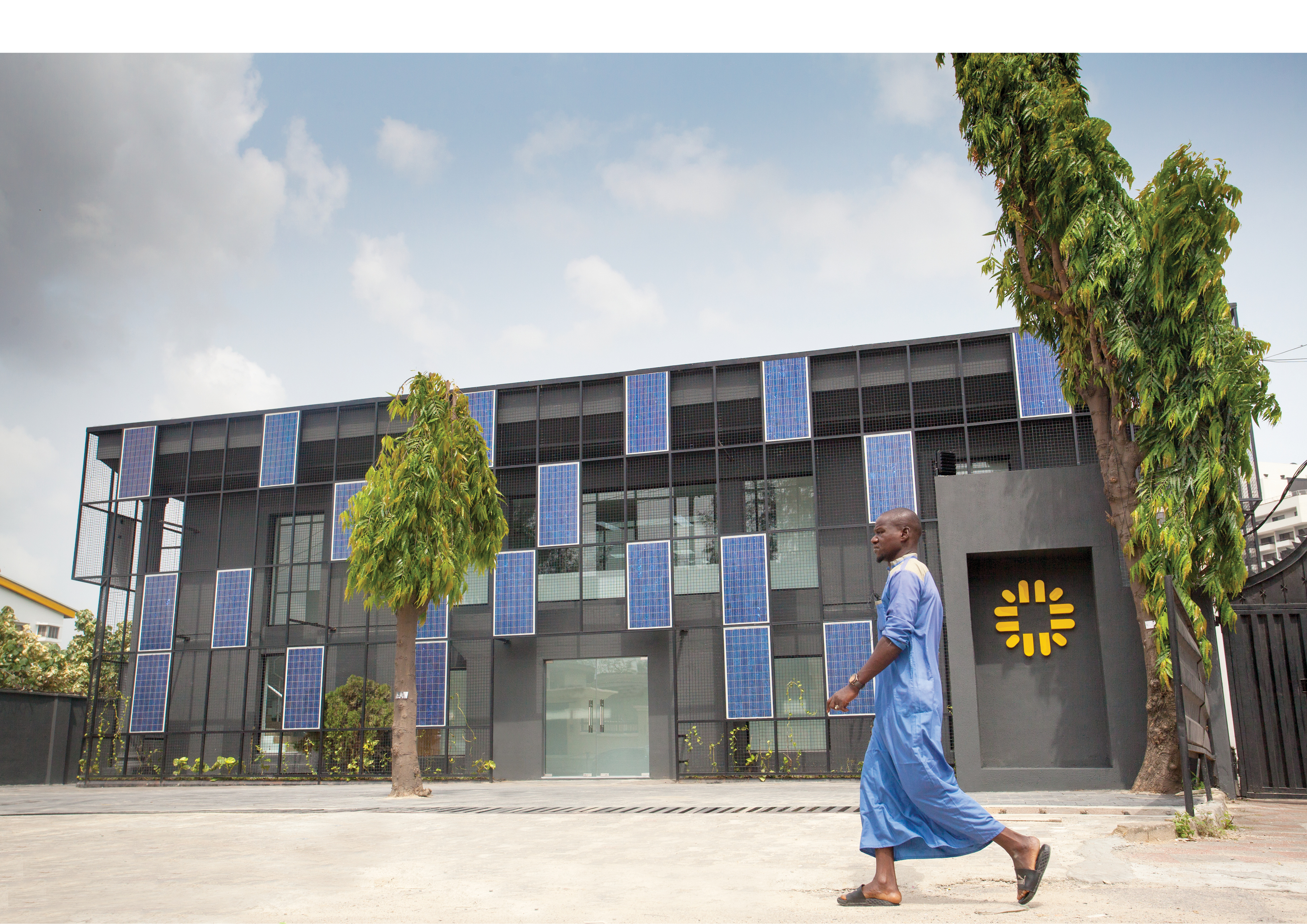
Rensource Energy Office.
W*: What can visitors expect?
TO: This Triennial is a labour of love and opportunity for discovery. It will provide people with an opportunity to think differently about spaces, practices, and designs across the Global South. As an architect coming from practice, it is very important to me that the triennial is inclusive. Visitors will not need to have prior knowledge to engage with the ideas on display. Whether you have a strong understanding of design or not, you should be able to take something away from the triennial.
W*: At present, what are your thoughts on architecture?
TO: The more affluent in the Global South are still emulating the Western world and this is something we need to pause. This context that we are trying to copy isn’t appropriate for our own. While the world is gradually beginning to acknowledge that there is no real hierarchy in design, the architecture of Africa and the rest of the non-western world still needs to be championed more globally. This is what I hope to achieve through the triennial.
Receive our daily digest of inspiration, escapism and design stories from around the world direct to your inbox.
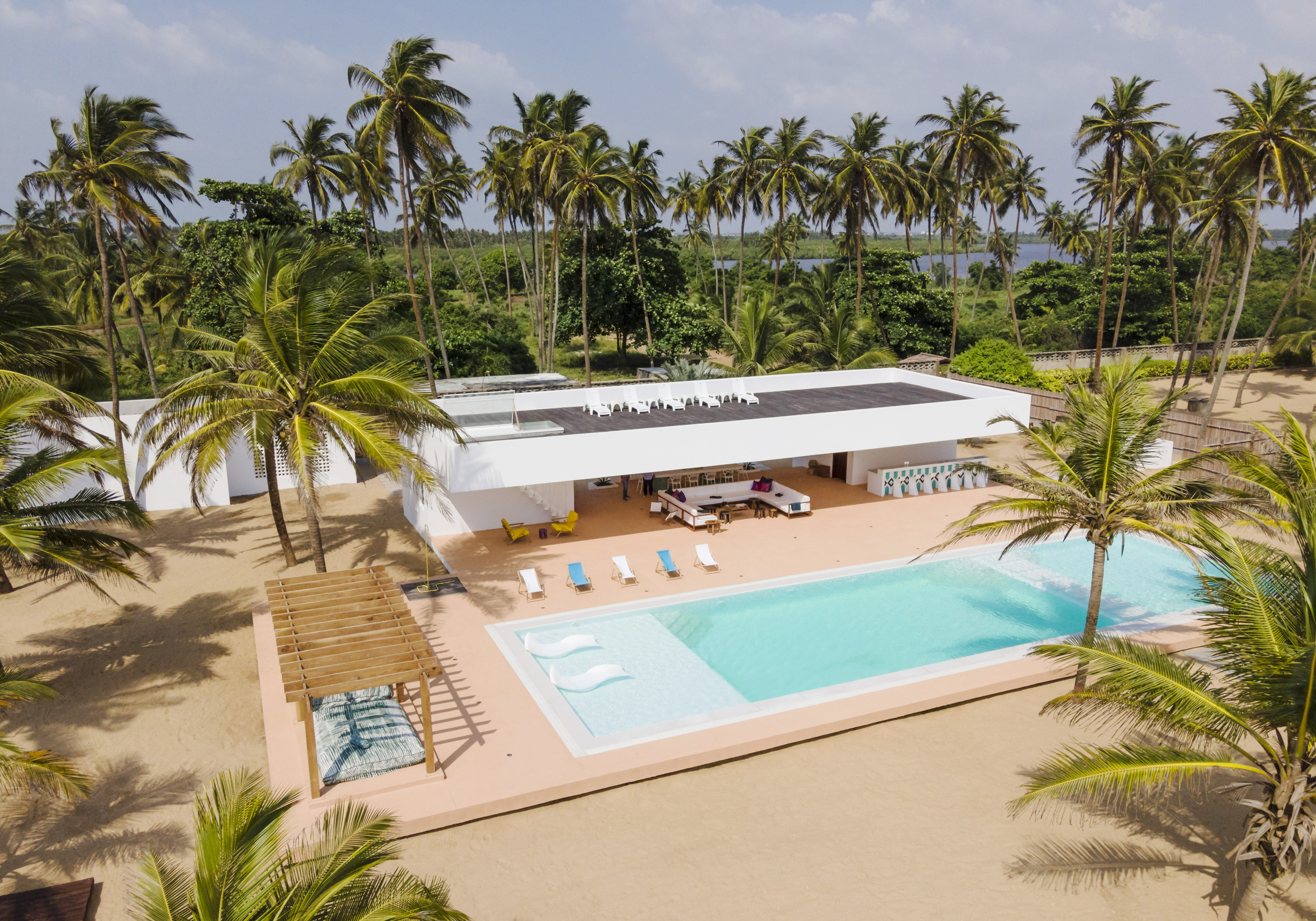
Coral Pavilion off the Lagos lagoon.
INFORMATION
Shawn Adams is an architect, writer, and lecturer who currently teaches at Central St Martins, UAL and the Architectural Association. Shawn trained as an architect at The Royal College of Art, Architectural Association and University of Portsmouth. He is also the co-founder of the socially-minded design practice Power Out of Restriction. In 2023, POoR won the London Design Festival’s Emerging Design Medal. Shawn writes for numerous international magazines about global architecture and design and aims to platform the voices of those living across the Caribbean, Asia, and Africa.
-
 At last: a London hotel that’s great for groups and extended stays
At last: a London hotel that’s great for groups and extended staysThe July London Victoria, a new aparthotel concept just steps away from one of the city's busiest rail stations, is perfect for weekends and long-term visits alike
-
 Three new smartwatches showcase new frontiers in affordable timepiece design
Three new smartwatches showcase new frontiers in affordable timepiece designLong may you run: smartwatches from Withit, Kospet and OnePlus favour function and value above all else, demonstrating just how much the smartwatch has evolved in recent years
-
 Debuts, dandies, Demi Moore: 25 fashion moments that defined 2025 in style
Debuts, dandies, Demi Moore: 25 fashion moments that defined 2025 in style2025 was a watershed year in fashion. As selected by the Wallpaper* style team, here are the 25 moments that defined the zeitgeist
-
 Carlo Ratti reflects on his bold Venice Architecture Biennale as it closes this weekend
Carlo Ratti reflects on his bold Venice Architecture Biennale as it closes this weekendThe Venice Architecture Biennale opens with excitement and fanfare every two years; as the 2025 edition draws to a close, we take stock with its curator Carlo Ratti and ask him, what next?
-
 2025 Lisbon Architecture Triennale ponders the (literal and figurative) weight of humanity
2025 Lisbon Architecture Triennale ponders the (literal and figurative) weight of humanityJoin us on a tour of the 2025 Lisbon Architecture Triennale, exploring the question ‘How Heavy is the City?’ and our impact on the planet
-
 Is slowing down the answer to our ecological challenges? Copenhagen Architecture Biennial 2025 thinks so
Is slowing down the answer to our ecological challenges? Copenhagen Architecture Biennial 2025 thinks soCopenhagen’s inaugural Architecture Biennial, themed 'Slow Down', is open to visitors, discussing the world's ‘Great Acceleration’
-
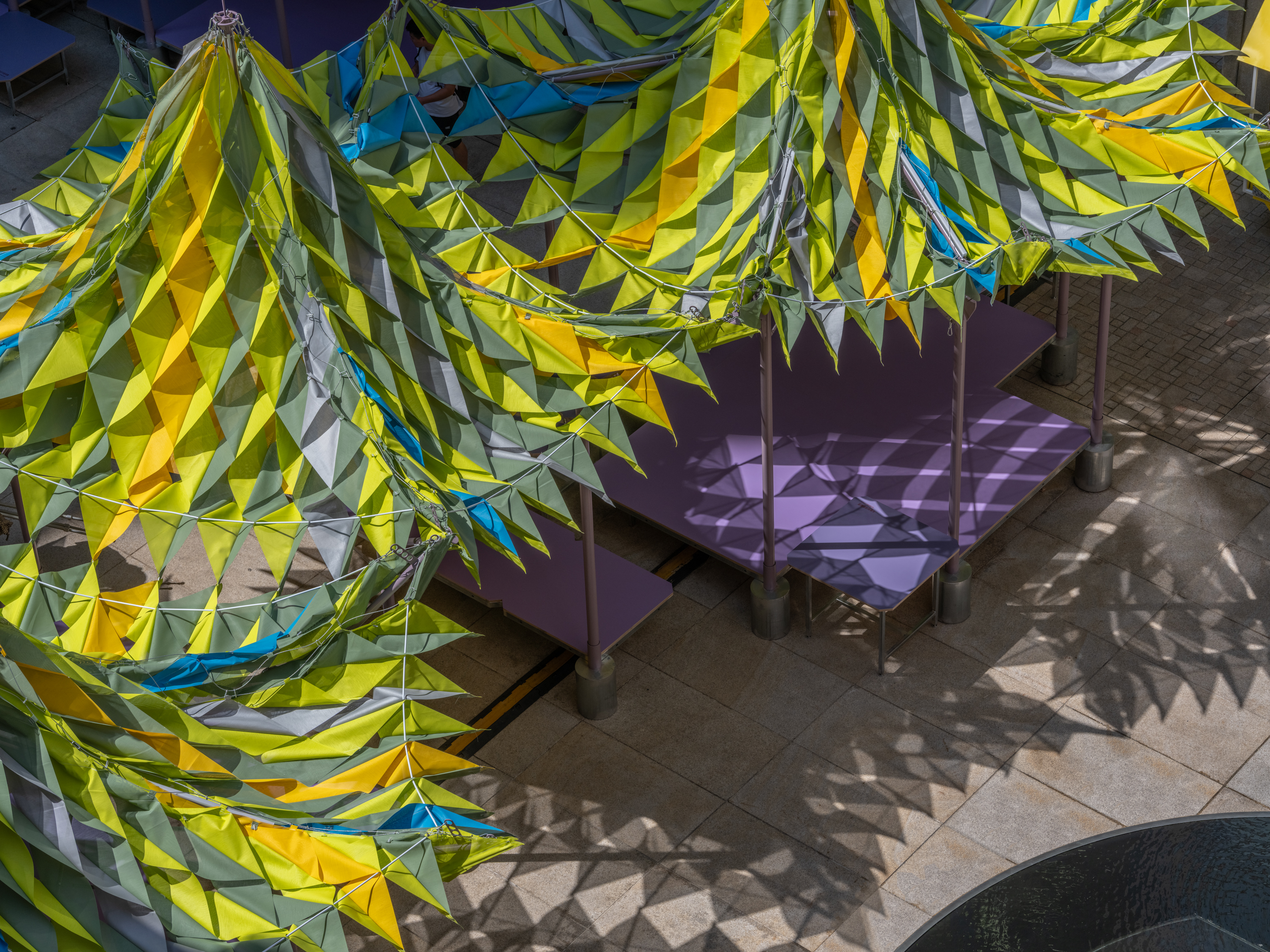 Shanghai’s biennial, RAMa 2025, takes architectural exploration outside
Shanghai’s biennial, RAMa 2025, takes architectural exploration outsideRAMa 2025, the architecture biennial at Rockbund Art Museum in Shanghai, launches, taking visitors on a journey through a historic city neighbourhood – and what it needs
-
 Germane Barnes just transformed a humble Indiana parking garage into an enormous sub-woofer system
Germane Barnes just transformed a humble Indiana parking garage into an enormous sub-woofer systemWith Joy Riding, the Miami-based designer’s installation at Exhibit Columbus, Barnes celebrates togetherness by evoking Black car culture
-
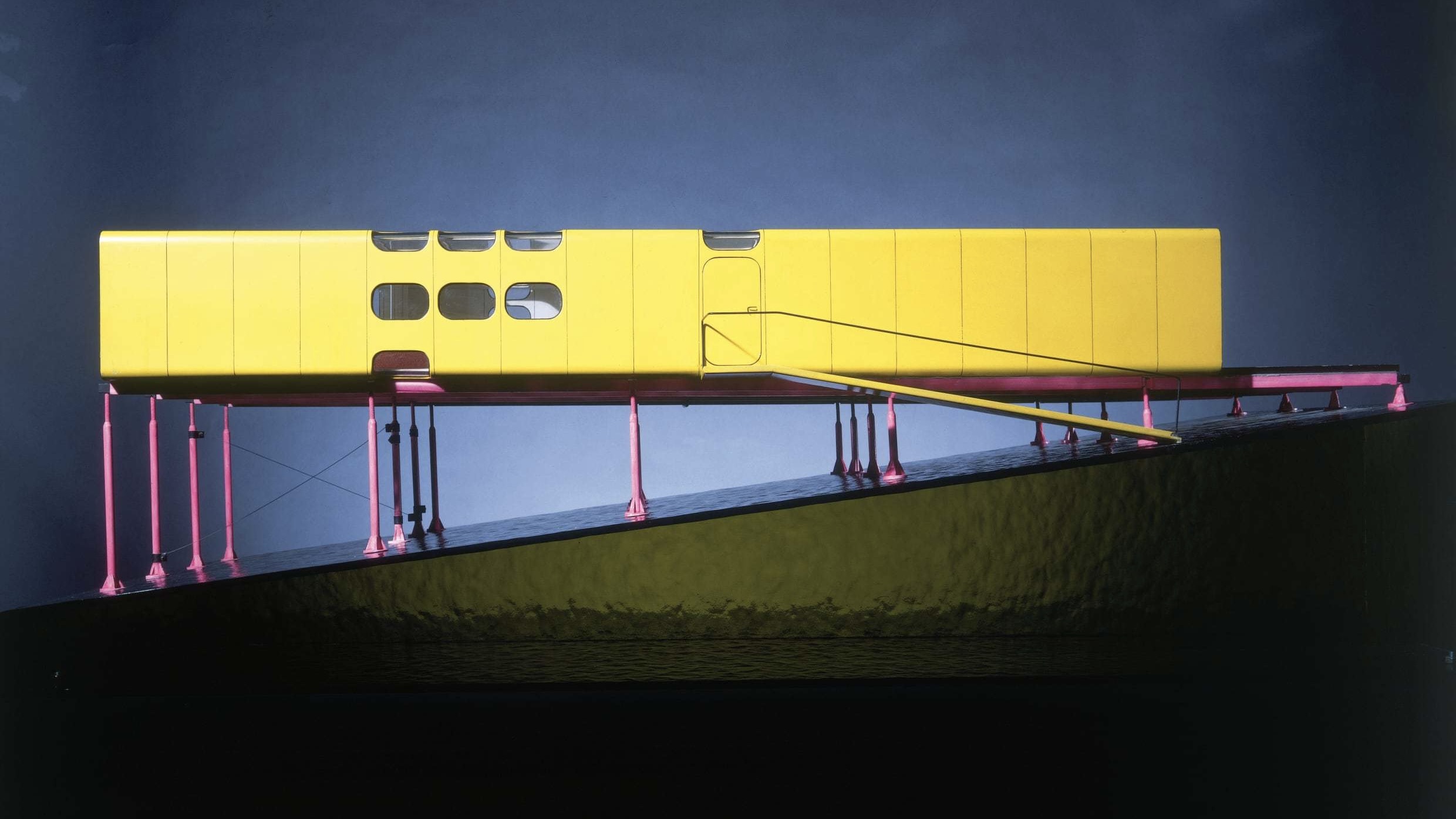 A new London exhibition explores the legacy of Centre Pompidou architect Richard Rogers
A new London exhibition explores the legacy of Centre Pompidou architect Richard Rogers‘Richard Rogers: Talking Buildings’ – opening tomorrow at Sir John Soane’s Museum – examines Rogers’ high-tech icons, which proposed a democratic future for architecture
-
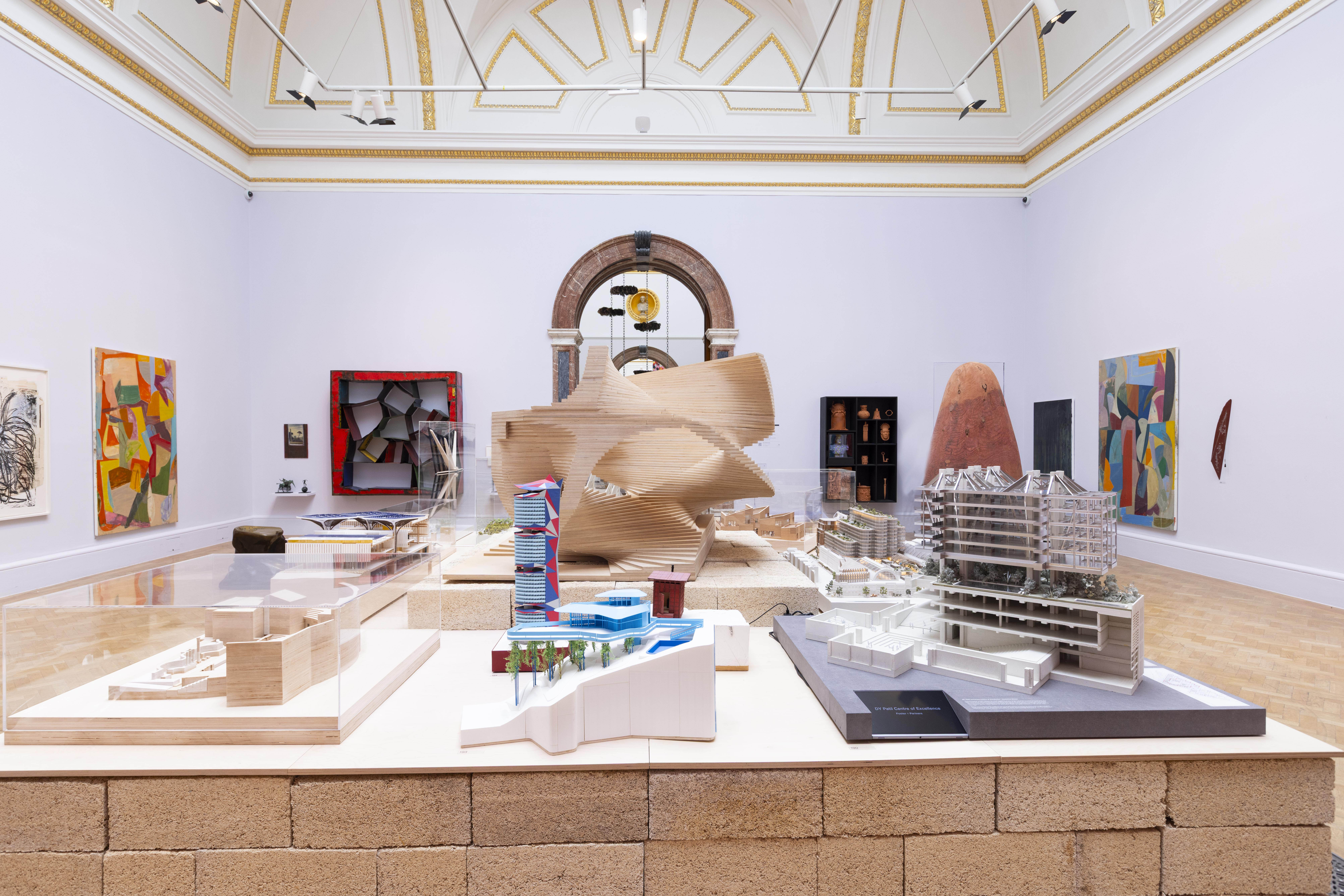 At the Royal Academy summer show, architecture and art combine as never before
At the Royal Academy summer show, architecture and art combine as never beforeThe Royal Academy summer show is about to open in London; we toured the iconic annual exhibition and spoke to its curator for architecture, Farshid Moussavi
-
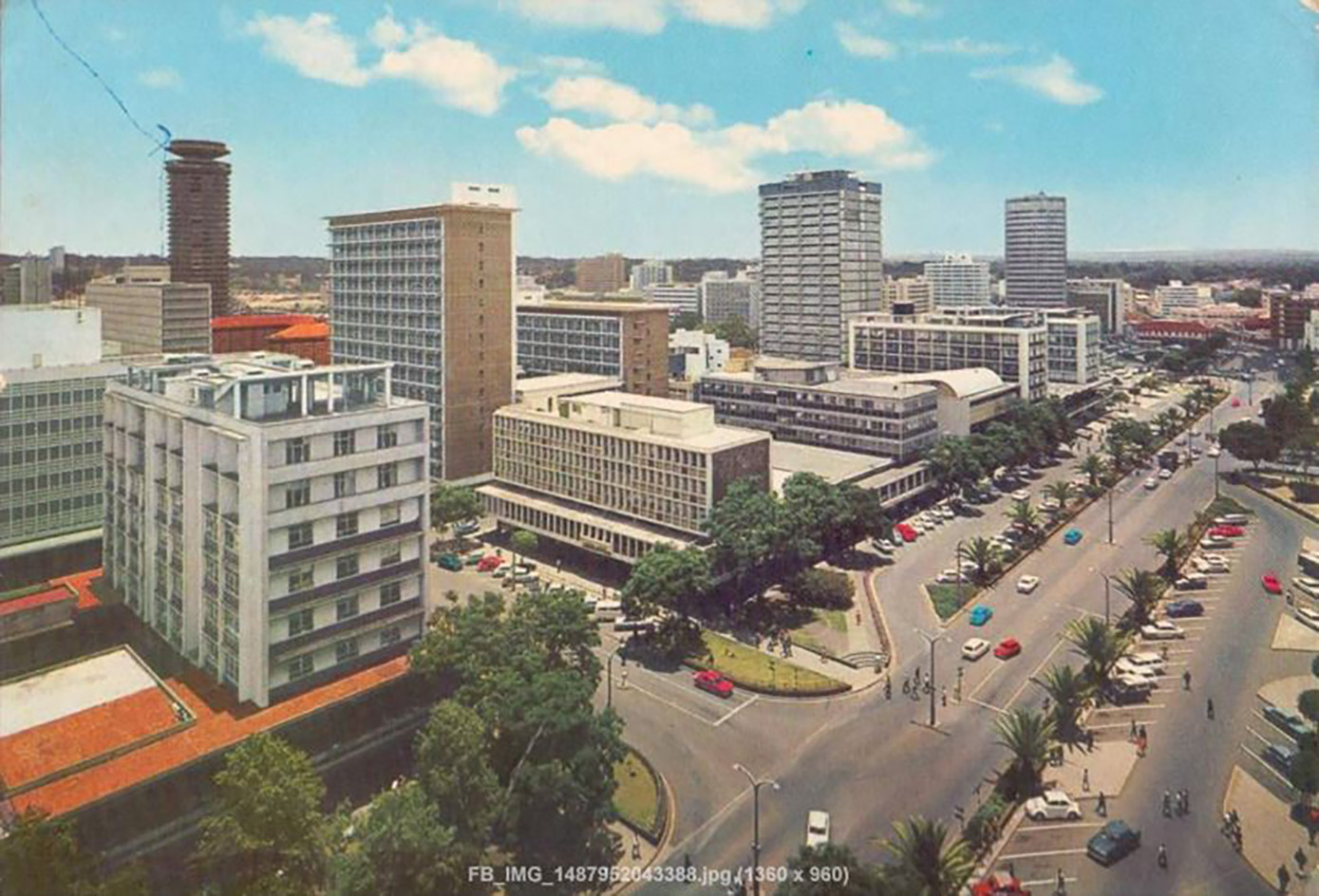 Omar Degan to curate first Pan-African architecture biennale
Omar Degan to curate first Pan-African architecture biennaleThe first Pan-African architecture biennale has been announced, taking place in Nairobi in 2026; we caught up with its inaugural curator, architect Omar Degan, to discuss the festival's mission, vision and scope